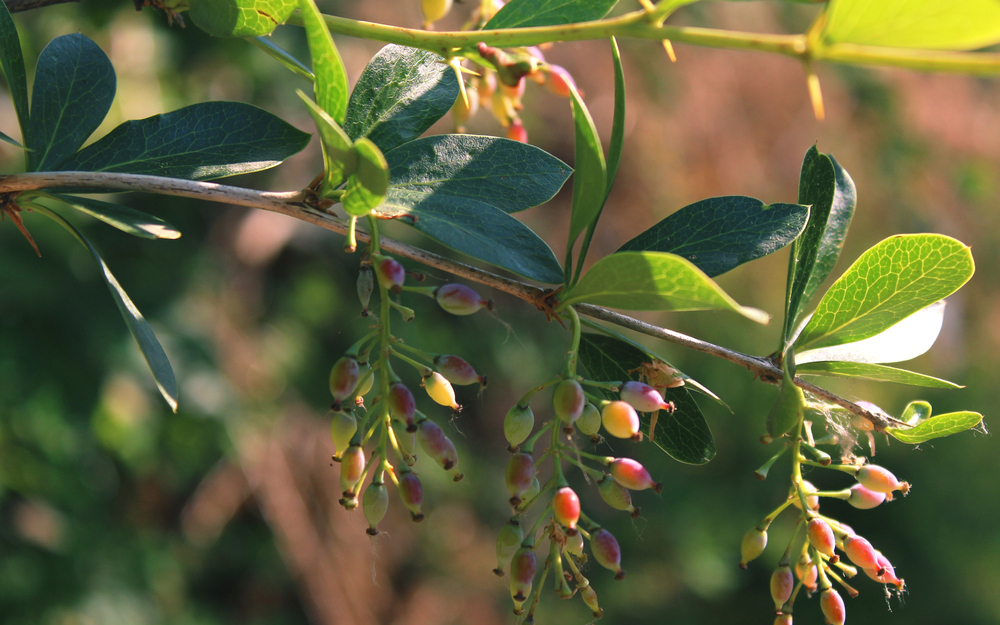Anoushka Jain
Cervical cancer is the second most prevalent cancer in women around the world. It occurs when there is an alteration in the cervix cells connecting the uterus to the vaginal canal. Cancer can spread to other organs, such as the liver, lungs, bladder, vaginal, and rectum, and impact deeper tissues of the cervix. Chemotherapy, surgery, and medications such as Cervarix, Gardasil, and others are commonly used to treat it.
Shoolini Universitys research alumnus Er Rajan Rolta, Dr Deeksha Salaria, and Dr Jyoti Mehta, in collaboration with researchers from Nigeria, Dr Awofisayo Oladoja and Dr Olatomide Fadare, and South Korea, Prof Choi, and Prof Nagendra Kumar, discovered a substance in some medicinal plants with the ability to kill the cancer-causing virus HPV. This could cure Cervical Cancer among women.
They studied the chemical components of 20 medicinal plants in the North-West Himalayas and discovered that stigmasterol, found in Berberis aristata, and clicomodin, found in Rheum emodi, were effective antiviral substances. Both plants are found in Himachal Pradesh and Nigeria at higher elevations.
Medicinal plants are less toxic and the plants used in the study dated back to prehistoric times, so their cure was more effective than standard drugs in a silico study.
Chemotherapeutic drugs and surgical and ablative procedures can be used to treat HPV infections, but these are invasive and expensive options, with scarce availability to many. As a result, one of the most important options for treating HPV-related disorders is the availability of highly effective natural antiviral medicines.
Berberis aristata, also known as Indian barberry, “chutro,” or tree turmeric, is a herb used in Indian folk medicine to alleviate diarrhoea, lower fever, enhance appetite, relieve upset stomach, and promote energy and a sense of well-being. In traditional medicine, rhubarb is used as a diuretic, liver stimulant, purgative/cathartic, stomachic, anticholesterolaemic, antitumor, antiseptic, and tonic. In addition, the binding affinity in the constituents of these plants has shown promising results in the treatment and prevention of cervical cancer.
Er Rajan Rolta said, The team started working on this in October 2021 and completed it in three months. He expressed gratitude to his entire team for their efforts and to the university for granting them affiliation.
